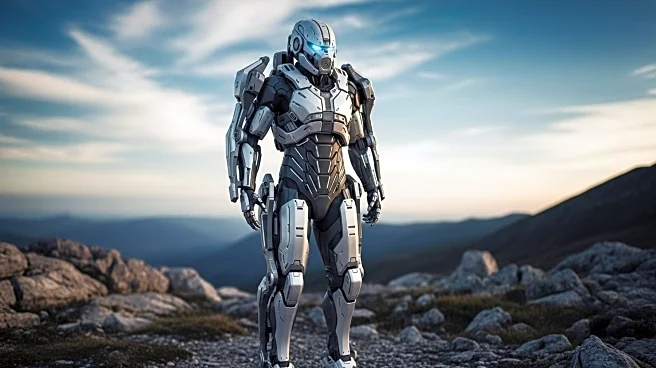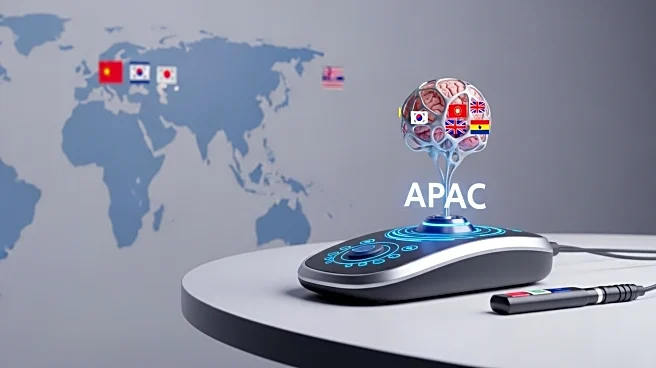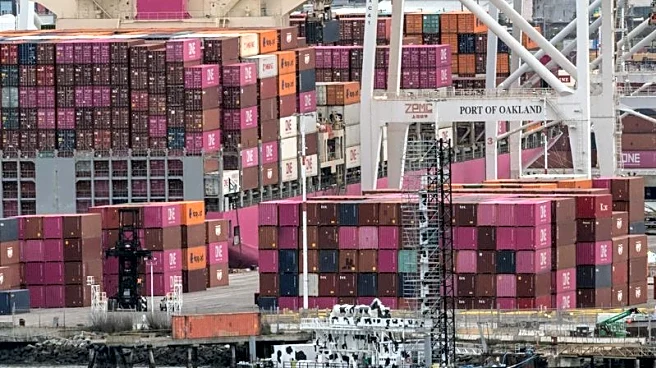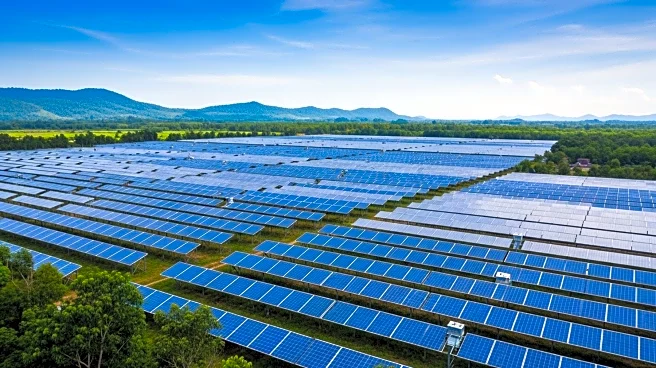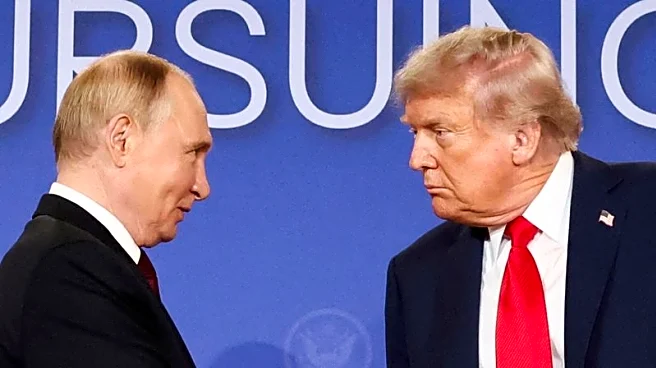What's Happening?
China's People's Liberation Army (PLA) is advancing its military capabilities by integrating exoskeleton technology to assist soldiers in challenging environments. The PLA has conducted exercises in the Xinjiang Military District, utilizing intelligent logistics devices, including powered exoskeletons, robotic dogs, and cargo drones. These technologies are designed to help soldiers carry heavy loads and operate efficiently in high-altitude regions like Tibet and Xinjiang. The development of exoskeletons has been supported by various state-owned enterprises and private startups, with prototypes being tested and deployed in military operations. The exoskeletons offer significant load-bearing assistance, allowing soldiers to carry up to 110 pounds with reduced effort, enhancing their endurance and operational effectiveness in physically demanding terrains.
Why It's Important?
The implementation of exoskeletons by the PLA represents a significant shift in military logistics and combat readiness, particularly in high-altitude and remote areas. This technology enhances the physical capabilities of soldiers, allowing them to carry more equipment and sustain longer patrols without additional support. The strategic advantage gained from these developments could alter the balance of power in regions like the Himalayas, where China shares a contested border with India. Furthermore, the integration of exoskeletons into military operations reflects China's commitment to advancing its military technology, potentially influencing global military standards and prompting other nations to explore similar innovations.
What's Next?
As China continues to refine and deploy exoskeleton technology, it is likely that these systems will become standard equipment for PLA units operating in challenging environments. The success of these technologies may lead to broader adoption across different military commands, enhancing logistics and combat capabilities. Additionally, the potential for export models could see these technologies being adopted by partner nations, further extending China's influence in military technology. Observers will be watching for any strategic shifts in military operations along contested borders, as well as potential responses from neighboring countries like India.
Beyond the Headlines
The use of exoskeletons in military operations raises ethical and strategic questions about the future of warfare and soldier augmentation. As these technologies become more prevalent, there may be discussions about the implications for human-machine integration and the potential for increased reliance on technology in combat scenarios. Additionally, the dual-use nature of these technologies could lead to civilian applications, impacting industries such as logistics and healthcare.
